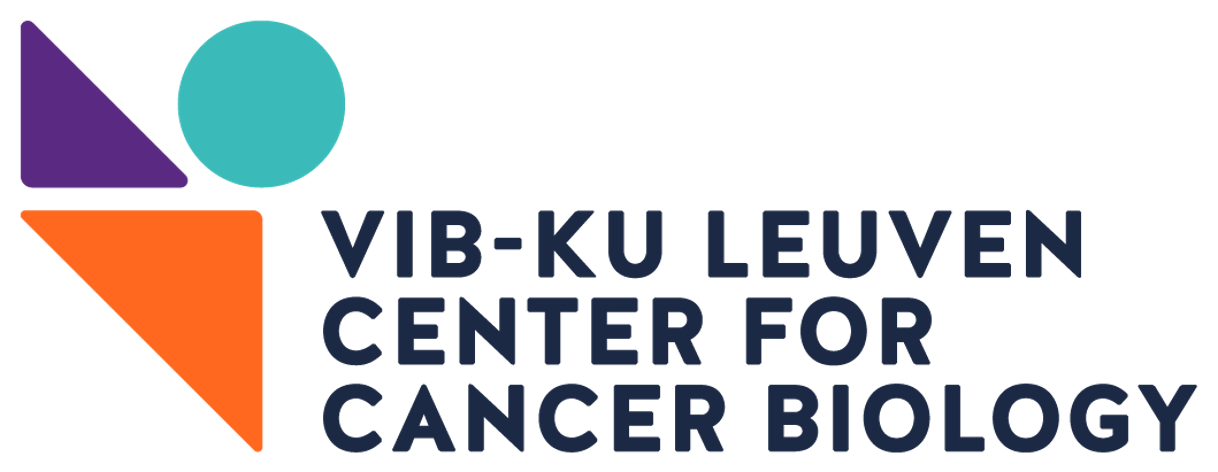Expertise
Expertise
Understanding the connectivity of the metabolic roadmap is essential to fully grasp the ongoing biochemical events. The approach of “more or less” is just insufficient to understand how the biochemical network operates under specific circumstances, yet it provides insights into the key metabolites present. Similar to other omics fields, researchers have to be aware that an increase in the abundance of a metabolite (or protein, or transcript) from a specific pathway does not necessarily mean that the respective pathway is “more active”, the changes might as well be due to a drop in the kinetics of downstream enzymes, or to an activation of remote pathways that fuel in intermediates, etc. Hence, this “more or less” approach fails to fully understand metabolism, even in a theoretical case where researchers would be able to monitor and quantify all of the predicted species from the metabolic network, researchers will be puzzled by the fact that within one pathway the different metabolic species go up and down.
A solution to this is ‘issue’ is offered via the technology of tracer metabolomics. Tracer metabolomics uses stable isotope (non-radioactive) labelled nutrients (13C, 15N, 18O, etc.), these (labelled) nutrients are taken up and processed through the metabolic network. The underlying principle is easy, by adding a “color” to the source of a river (here metabolic pathway), we can map all downstream channels linked to the “colored” source. Hence, metabolic pathways that are actively connected to the isotopically labelled nutrient incorporate these stable isotopes into their individual components (metabolites). Using MS, we can easily extract the following information of metabolites that have incorporated these stable isotopes: (1) the abundance of the metabolite pool (allowing us to compare relative differences across different sets), (2) fractional contribution: the number of unnatural isotopes incorporated into the metabolite and (3) isotopologues: how many of the carbons of a specific metabolite are labelled. Combining these different levels allows researchers to comprehend how the metabolic network is wired. The information obtained from the relative abundance (1) is what is typically generated via classical metabolomics approaches, providing insights into the ‘more or less’ situation. The fractional contribution (2) tells to what extent the carbons (or nitrogens, oxygens, ...) from a specific labeled nutrient sources contribute to the target metabolite. Finally, the isotopologues (3) of metabolites informs about the actual on-going biochemistry, albeit this is complex and has to be interpreted cautiously, it can however provide a wealth of information about specific enzyme activity.
The Ghesquière group holds a unique expertise in these metabolic tracer studies, both on the technological side as well as on the biological (interpretation side). Check out our services to see if we can assist you in your research!

